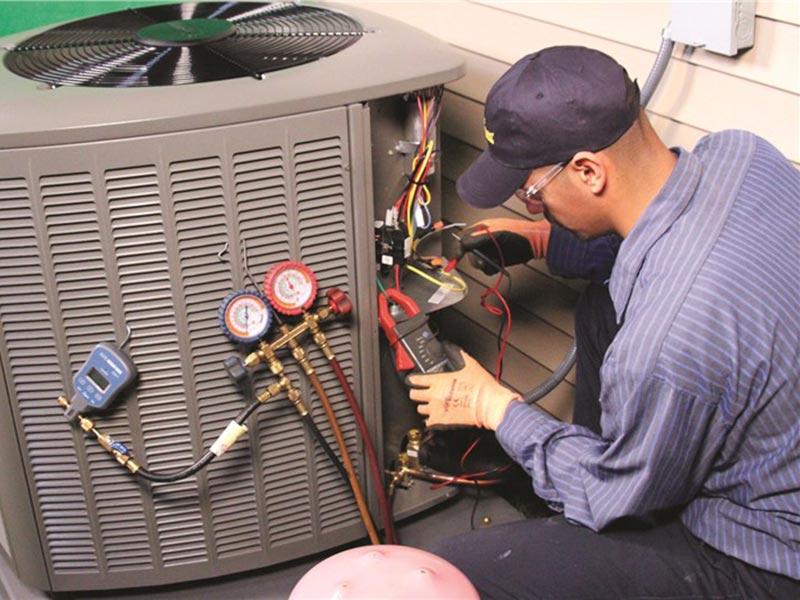
Introduction
Having a well-functioning air conditioning system is essential for maintaining a comfortable indoor environment, especially during the hot summer months. However, like any other appliance, AC units can experience problems that require repair. Knowing how to troubleshoot common issues and when to seek professional help can help you keep your cool all year round.
Common AC Problems
1. Lack of Cooling
- Check the thermostat settings to ensure it is set to the desired temperature.
- Clean or replace the air filter to improve airflow.
- Inspect the condenser unit outside for any debris or vegetation blocking airflow.
- Consider calling a professional if the issue persists to check for refrigerant leaks or compressor problems.
2. Strange Noises
- Rattling or banging noises could indicate loose parts that need tightening.
- Squealing sounds may be due to a worn-out belt that needs replacement.
- Hissing or bubbling noises could signal a refrigerant leak.
- Seek professional help if you are unsure about the source of the noise.
3. Water Leaks
- Check the condensate drain line for clogs that may be causing water to back up.
- Inspect the drip pan for cracks or rust that may be causing leaks.
- Ensure the unit is properly leveled to prevent water from pooling inside the system.
- Contact a technician if the leak persists or if you notice refrigerant in the water.
DIY AC Repair Tips
1. Clean or Replace the Air Filter
Regularly changing or cleaning your AC filter can improve airflow and efficiency. Filters should be checked monthly and replaced every 3-6 months, depending on usage.
2. Clear Debris around the Outdoor Unit
Leaves, twigs, and other debris can obstruct airflow to the condenser unit. Keep the area around the outdoor unit clear to ensure proper ventilation.
3. Inspect and Clean the Coils
Dirty coils can reduce the efficiency of your AC system. Use a soft brush to gently clean the evaporator and condenser coils to improve cooling performance.
4. Check the Thermostat Settings
Make sure your thermostat is set to the correct temperature and mode (cooling). Consider upgrading to a programmable thermostat for better control and energy savings.
5. Schedule Regular Maintenance
Annual professional maintenance can help prevent major AC problems and extend the lifespan of your unit. A technician can inspect, clean, and tune-up your system for optimal performance.
When to Call a Professional
While some AC issues can be resolved with DIY tips, certain problems require the expertise of a professional HVAC technician. Here are a few signs that indicate it's time to call for professional AC repair:
- Frequent breakdowns or repairs needed
- Inconsistent cooling or hot spots in your home
- Unusual odors coming from the vents
- High energy bills despite normal usage
- Airflow issues or weak airflow from the vents
- Loud or persistent noises during operation
It's important to address AC problems promptly to prevent further damage and ensure the comfort of your home. A licensed technician can diagnose and fix complex issues safely and efficiently.
Conclusion
By following the tips and guidelines outlined in this ultimate guide to AC repair, you can maintain a cool and comfortable indoor environment throughout the year. Regular maintenance, DIY troubleshooting, and knowing when to seek professional help are key to keeping your AC system running smoothly. Remember to prioritize the health and efficiency of your air conditioning unit to enjoy optimal cooling performance and energy savings.
